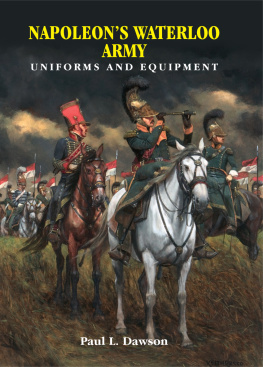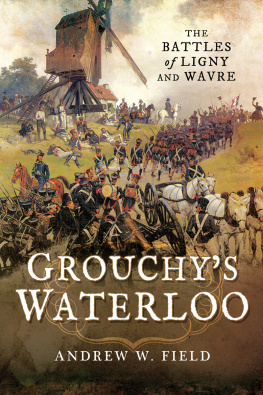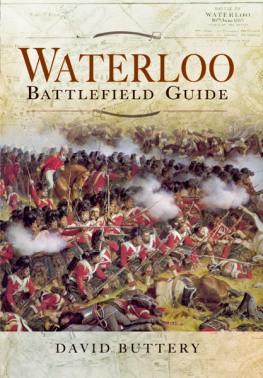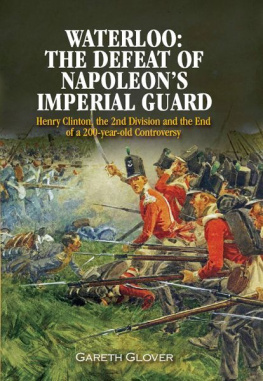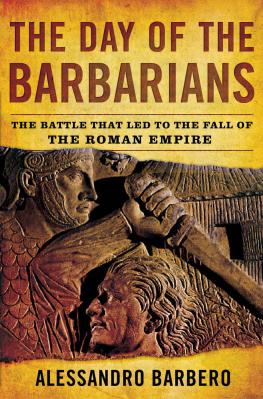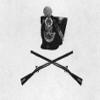THE BATTLE

The history of a battle is not unlike the history of a ball! Some individuals may recollect all the little events of which the great result is the battle won or lost; but no individual can recollect the order in which, or the exact moment at which, they occurred, which makes all the difference as to their value or importance.
Wellington
I object to all the propositions to write what is called a history of the battle of Waterloo. But if a true history is written, what will become of the reputation of half of those who have acquired reputation, and who deserve it for their gallantry, but who, if their mistakes and casual misconduct were made public, would NOT be so well thought of?
Wellington
Leave the battle of Waterloo as it is.
Wellington
CONTENTS
MAPS
PLATES
Napoleon Bonaparte. Painting by Robert Lefvre. (Wellington Museum, London)
Arthur Wellesley, Duke of Wellington, 1814. Painting by Sir Thomas Lawrence. (The Art Archive/Wellington Museum London/Eileen Tweedy)
The elderly Field Marshal Gebhard Leberecht von Blcher. (The Art Archive/Wellington Museum London/Eileen Tweedy)
Napoleon giving orders to an aide-de-camp for Marshal Grouchy on the morning of the battle. (The Art Archive)
General Reille, commander of Napoleons II Corps. Engraving by A. Tardieu. (Collection Viollet)
Jrome Bonaparte, division commander and Napoleons youngest brother. Painting, 1808. (The Art Archive/Musee du Chateau de Versailles/Dagli Otti)
The Duke of Wellington outside his headquarters at Mont-Saint-Jean. Painting by J. C. Aylward. (The Art Archive/Eileen Tweedy)
The ceremonial Eagle, mounted on a pole with the French tricolor. (Collection Viollet)
A 12-pounder gun, one of les belles filles de lEmpereur. (Mark Adkin)
Crops of rye in June. (Mark Adkin)
British soldiers form a square to defend against cavalry attacks. (Mary Evans)
The Guards brigade attack the French to alleviate the pressure on the defenders of the chteau, just visible in the far right background. Painting by Denis Dighton. (Bridgeman)
The French bombard Hougoumont, prompting the British artillery to open fire, against Wellingtons orders. (Mary Evans)
General von Blow. German engraving. (Bridgeman)
Marshal Grouchy. Engraving. (The Art Archive/Musee Carnavelet Paris/Dagli Orti)
The battle around the farmhouse and stables at La Haye Sainte. Painting by R. Knotel. (Mary Evans)
Count dErlon holding his marshals baton. Engraving by Collier after Larivire. (Collection Viollet)
That old rogue, Sir Thomas Picton. (Mary Evans)
The charge of the Scots Grays. Painting by Lady Butler. (Mary Evans)
Marshal Ney. (Mary Evans)
French cuirassiers charging a Highlanders square. Painting by Flix Philippoteaux, 1874. (The Art Archive/Victoria & Albert Museum/Eileen Tweedy)
Colonel von Ompteda. (National Army Museum)
Nassauers defending their position at La Belle Alliance. Painting by R. Knotel. (Mary Evans)
Blcher orders his men to attack Plancenoit. Painting by Adolf Northern. (Bridgeman)
An officer of the mounted chasseurs of the Imperial Guard. Painting by Gericault. (Mary Evans)
Napoleon, viewing the attack on his Imperial Guards through a spyglass. Painting by James Atkinson. (The Art Archive)
Colonel Hew Halkett captures the French general Cambronne. Painting by R. Knotel. (Mary Evans)
Wellington signalling the general British advance on Waterloo. Painting by James Atkinson. (The Art Archive/The British Museum)
The Earl of Uxbridge, commander of the Allied cavalry. Painting by Peter Edward Stroehling, c. 1816. (National Army Museum)
The surgeons saw used to amputate Lord Uxbridges leg. (National Army Museum)
The famous meeting between Wellington and Blcher, depicted here in front of the inn at La Belle Alliance. (Mary Evans)
General von Gneisenau. (Victoria & Albert Museum)
Napoleon among his men as he faces defeat. His carriage awaits his flight. Painting by Ernest Crofts. (Mary Evans)
Napoleon Bonaparte burning the eagles and standards of his Imperial Guard after the battle. (The Art Archive)
A burial party at work near La Belle Alliance, seven days after the battle. Engraving by E. Walsh, drawn on the spot. (Mary Evans)
British soldiers removing French cannons, July 1815. (Collections Viollet/Bibliothque Nationale)

Detail of a Ferraris & Capitaine map of 1797, as used by Napoleon and on which Wellingtons own map was based.

Europe in 1815

Overview of the Battle Area

Allied Advances in June/July 1815

Deployment of French troops
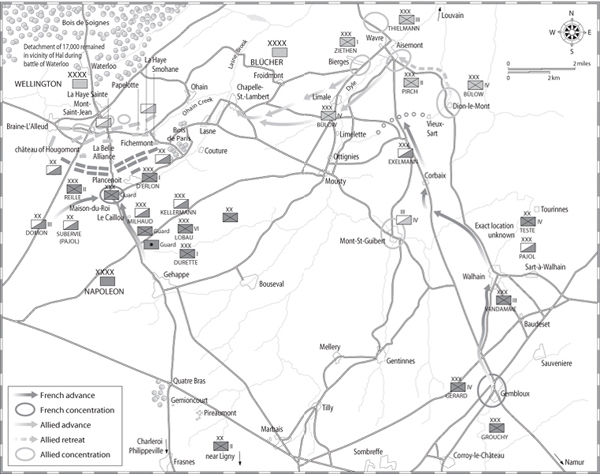
Battle of Waterloo, 10.00hrs, 18 June 1815
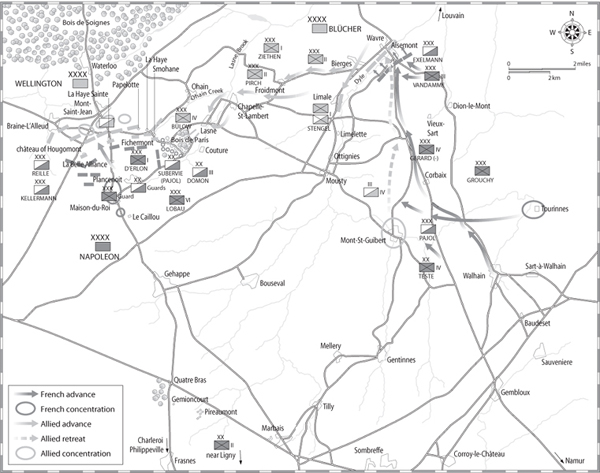
Battle of Waterloo, 16.00hrs, 18 June 1815
In the afternoon of March 1, 1815, a fleet consisting of one warship and six smaller vessels dropped anchor off Golfe-Juan on the southeastern coast of France, in view of what are today the most luxurious vacation spots on the Cte dAzur but were then miserable fishing villages clinging to the edge of an inhospitable landscape. As soon as they were anchored, the ships lowered their small boats. Shortly thereafter squads of soldiers began to disembark on the shore, despite the protests of the flabbergasted customs official who had rushed to the scene to contest this highly irregular landing. The first troops to reach solid ground went to knock on the gates of the nearby French fort at Antibes and were immediately placed under arrest; but the small boats kept bringing ashore other soldiers, and soon more than a thousand grenadiers had been disembarked, along with two cannon and an entire squadron of lancers who spoke Polish among themselves. Finally, toward evening, the leader of this host came ashore in person, walking over an improvised gangway, which his men, standing in water to their waists, held up for him; and an officer was sent to notify the commandant of the fort that the emperor Napoleon, after ten months of exile on the island of Elba, had returned to France to reclaim his throne.
Next page





